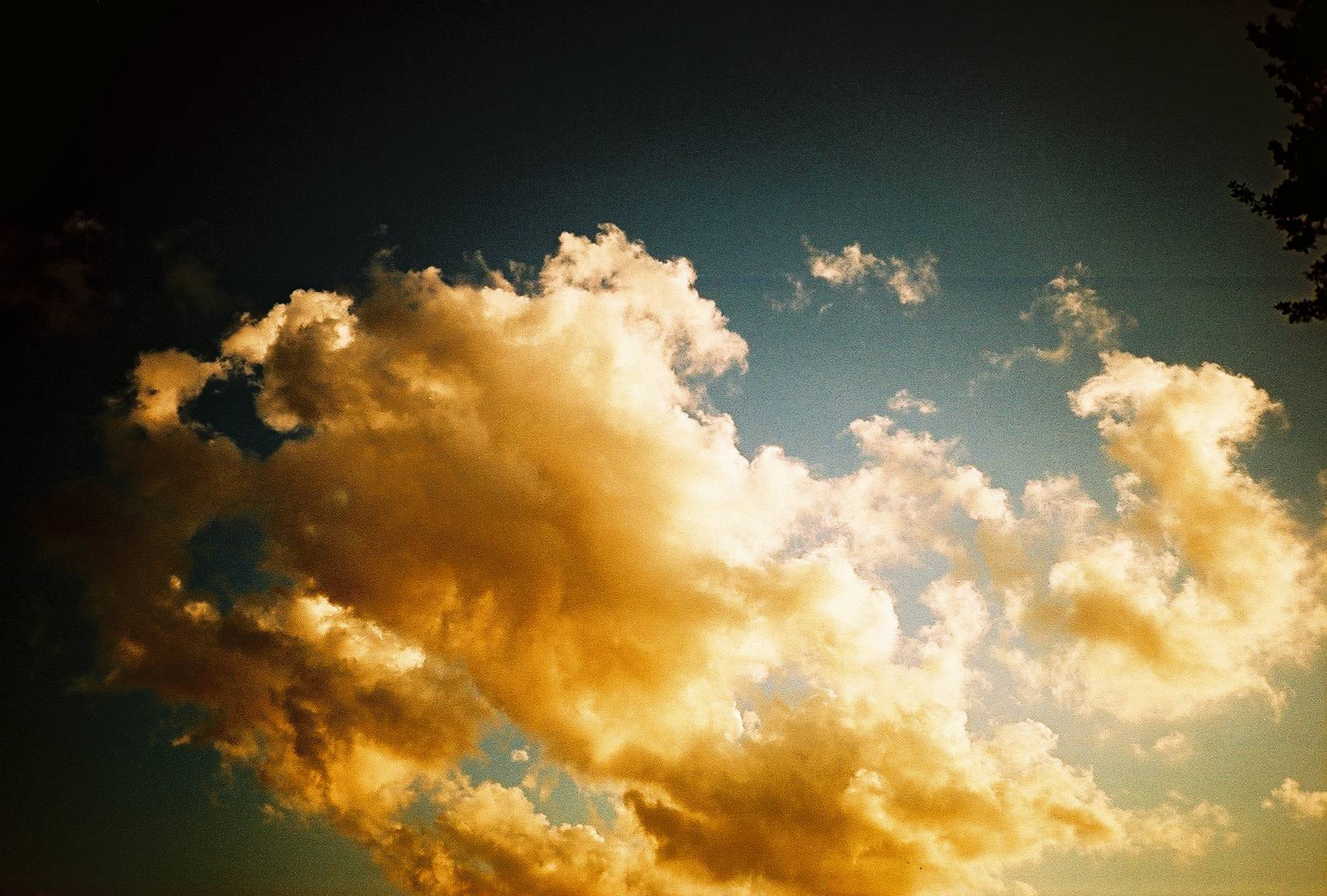Which Focusing System Is Right For You?
2 6 Share TweetCollecting cameras and trying out different films is a fun and exciting experience. Just ask anyone here in the community and they'll be more than eager to share a story! They are great because discovery is always enjoyable especially since you get to try new things. Part of camera collecting is checking out different mechanisms that will challenge and inspire you to pursue more creative projects.

Different cameras have their quirks and characteristics. That includes the way you focus your image before you hit the shutter. Some will instantly feel instinctive for you and fit your shooting style more than others and that's okay! It's all part of the game; the better you understand what works for you and which cameras to go for, the more fun the experience will be.
Before we dive deep into the different kinds of focusing systems, let's first do a refresher on the basics.
Manual Focus vs Autofocus
Manual Focus
If you've ever tried Lomography cameras, then chances are you've used manual focus and are probably familiar with how it works. Manual focus cameras let users control all the focusing aspects by adjusting a mechanism (via lever, knob, or ring). It gives users more control over how the final image will turn out. Also, this is a useful feature to have if you find yourself in unfavorable shooting conditions like in dark environments. With manual focus, you can make the adjustments yourself to compensate for any issues.
Autofocus
The newer system of the two, autofocus was introduced in 1977 and has since found its way into film and digital cameras (even those in your smartphone). Autofocus makes shooting clear images easier since it eliminates manual adjustment. It uses a motor in the camera to focus on your subject and all you need to do is press a button. Autofocus can be found in fixed lens cameras and various lenses as well.
The Good and The Bad
Manual focus cameras are so easy to find in the market even today! You'll be pleased to know that you can still get a brand new manual focus camera (like Lomography cameras) just with a quick search online. Also, cameras with manual focus are a great way to learn more about film photography. However, there is a learning curve with manual focus cameras and they might not be the best choice if you're planning on shooting dynamic action shots that may require quicker focusing adjustments.
Autofocus, on the other hand, is great if you want an easygoing shooting experience. It takes the guesswork out of focusing and may help you track your subject quicker and better especially if it's moving. The downside with it is that there are times that the autofocus may not be working properly if you're shooting in poorly lit areas. Also, you don't get as many options as you would with a manual focus camera.
Kinds of Manual Focus Cameras
Zone Focus

Lomographers will certainly recognize the zone focusing system of the beloved LC-A+. It's quick, easy to use, and instinctive once you master it. You can change from one focusing distance to another with a simple flick of a lever. For example, the LC-A+ has four focusing distances: 0.8m, 1.5m, 3m, and infinity. Zone focus is a useful creative tool that has a wide range of applications from shooting portraits, group shots, and landscapes. It's an all-around focusing system that will work for just about any kind of photographer.
Zone focus cameras might be the one for you if you prefer quick and instinctive focusing.
Other Lomography cameras that have a zone focusing system include the Sprocket Rocket, La Sardina, Diana F+, and the LC-Wide.
Fixed Focus

Simple, quick, and easy to use. Fixed focus cameras combine all these attributes in one neat and sleek package. Point-and-shoots and disposable cameras are the most popular examples of fixed focus cameras and for good reason: they are a lot of fun to use! You don't need to worry about knobs, levers, or rings to use a fixed focus camera. All you need to do is position yourself in the proper focusing distance and you're all set. And since you don't need moving elements in the lens to focus, these types of cameras are relatively more affordable than other cameras with different focusing systems.
Fixed focus is great for beginners who are just trying out film photography and even seasoned shooters that want to challenge themselves in their work. Point-and-shoot and disposable cameras are also great backup cameras for travel. They're also ideal for parties with their slim profile and flash shooting capability.
The Lomography Simple Use Film Camera series is a great place to start if you plan on trying out fixed focus cameras.
Ring Focus

Ring focus cameras/lenses employ an adjustable ring that moves the lens elements to focus properly on a subject. This is commonly seen on SLRs and is a nifty way to get a properly focused shot. Beginners can benefit greatly from ring focus cameras, especially when paired with the prism found on SLRs as they can see just how focused the image is before hitting the shutter.
Ring focus is ideal for photographers that prefer SLRs and other camera systems that can use different lenses. However, one notable tradeoff for this focusing system is the weight of the camera or lens since there are more moving parts involved.
Which focusing system is your favorite? Sound off in the comment section below and share your thoughts!
written by cheeo on 2022-08-30 #gear #in-depth #film-photography #in-depth #focusing-system #gear-talk































One Comment